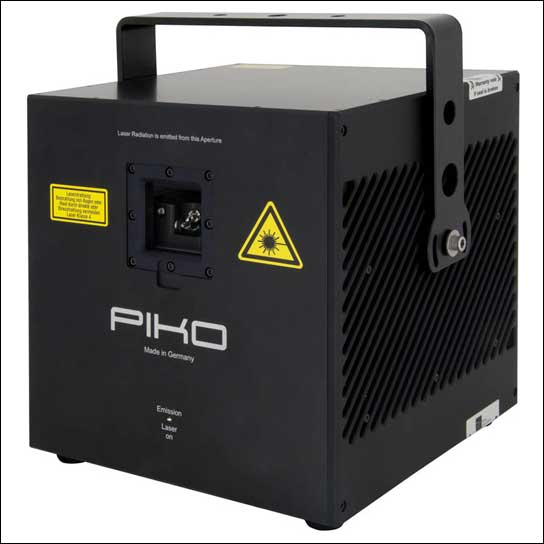
The CTDI vol is determined for either a 16 cm or 32 cm diameter poiymethyl methacrylate (PMMA) cylindrical reference phantom, often called the "head" or "body" CTDI phantom, respectively.

Both CTDI vol and DLP are sensitive to changes in scan parameters such as tube voltage, tube current, gantry rotation time, pitch, and bowtie filter, but are independent of patient size. DLP, which is the product of CTDI vol (mGy) and scan length (cm), is related to the total ionizing energy imparted to the reference phantom. CTDI vol will be developed to provide a standardized method to compare radiation output levels between different CT scanners using a reference phantom. This has been required of manufacturers since 2002. The methods provided in this research will be designed to provide such tools, not only for pediatric CT, but for CT examinations of patients of any size.Ĭurrent CT scanners display the volume computed tomography dose index (CTDI vol) and the dose length product (DLP) dose indices, both before and after the CT scan is performed. In order to achieve a new method, pediatric radiologists, medical physicists and radiologic technologists need user-friendly computational tools to estimate radiation dose during pediatric CT examinations. Currently, the Alliance represents over 60 affiliated organizations (at least 20 are international) representing over 750,000 people working in medical imaging. In 2008, the Alliance for Radiation Safety in Pediatric Imaging ( " Alliance") was founded by the American Association of Physicists in Medicine (AAPM), the American College of Radiology (ACR), the American Society of Radiologic Technologists (ASRT) and the Society for Pediatric Radiology (SPR) to address the unique needs of imaging children when using ionizing radiation. In response to this, the Society for Pediatric Radiology (SPR) sponsored a conference on this topic in 2001 which was followed by a conference in 2002 sponsored by the National Council on Radiation Protection and Measurements. About 7 million of these occur on children. There are approximately 80 million CT examinations performed in the United States annually. While patient-specific organ doses have been recommended by the BEIR VII Committee for use in prospective radiation epidemiologic studies of the risk from radiation exposure, very little organ dose information exists for Multi Detector Computed Tomography (MDCT) examinations, especially for the pediatric patient population. The risk is of particular concern in the pediatric patient due to the increased sensitivity, as well as the increased opportunity for expressing radiation damage in their lifetime. A serious concern has been raised over the risk associated with the radiation exposure from these exams in both adult and pediatric patients. Keywords: Computed Tomography, Size Specific Effective Dose, PMMA PhantomĬomputed tomography (CT) use in the pediatric patient population has witnessed a significant increase as diagnostic applications have expanded in concert with tremendous advances in CT technology. It was also noted that without knowing effective diameter, a doctor or medical physicist can estimate the size-specific effective dose depend on the patient’s age. Conclusion : By knowing the effective diameter of the slice of patient’s CT image, a doctor can easily estimate the size-specific effective dose for CT scan of the patients. The relations of effective diameter with AP, LAT, AP+LAT dimension, SSDE and age of the patients had been analyzed. The estimated value of effective dose was in the range of (346-587) mSv.

To estimate the size-specific effective dose, different parameters like (AP), lateral (LAT), AP+LAT dimension, effective diameter, dose length product (DLP) and size specific dose estimate (SSDE) had been calculated. Results : The effective dose had been calculated for different patients after CT scan of head or brain. To measure size specific effective dose, we were used Lateral (LA), anterior posterior (AP), and effective diameter of the patients with reference Phantom PMMA 32 cm on CT imaging. Materials and methods : We were included pediatric and adult body patients and Polymethyl Methacrylate (PMMA) Phantom to evaluate size specific effective dose. Objective : This research was performed the estimation of size-specific effective dose during CT scan of brain of patients by using PMMA 16 cm reference phantom for treatment planning. The size dependent factor is used over a range of patient sizes, and extends to adult and pediatric patients as well as obese ones. A patient size-dependent factor is used to estimate patient dose from scanner output indices for patients of different sizes.

Abstract: Background : Computed tomography (CT) scan is very important for the measurement of effective dose.


 0 kommentar(er)
0 kommentar(er)
